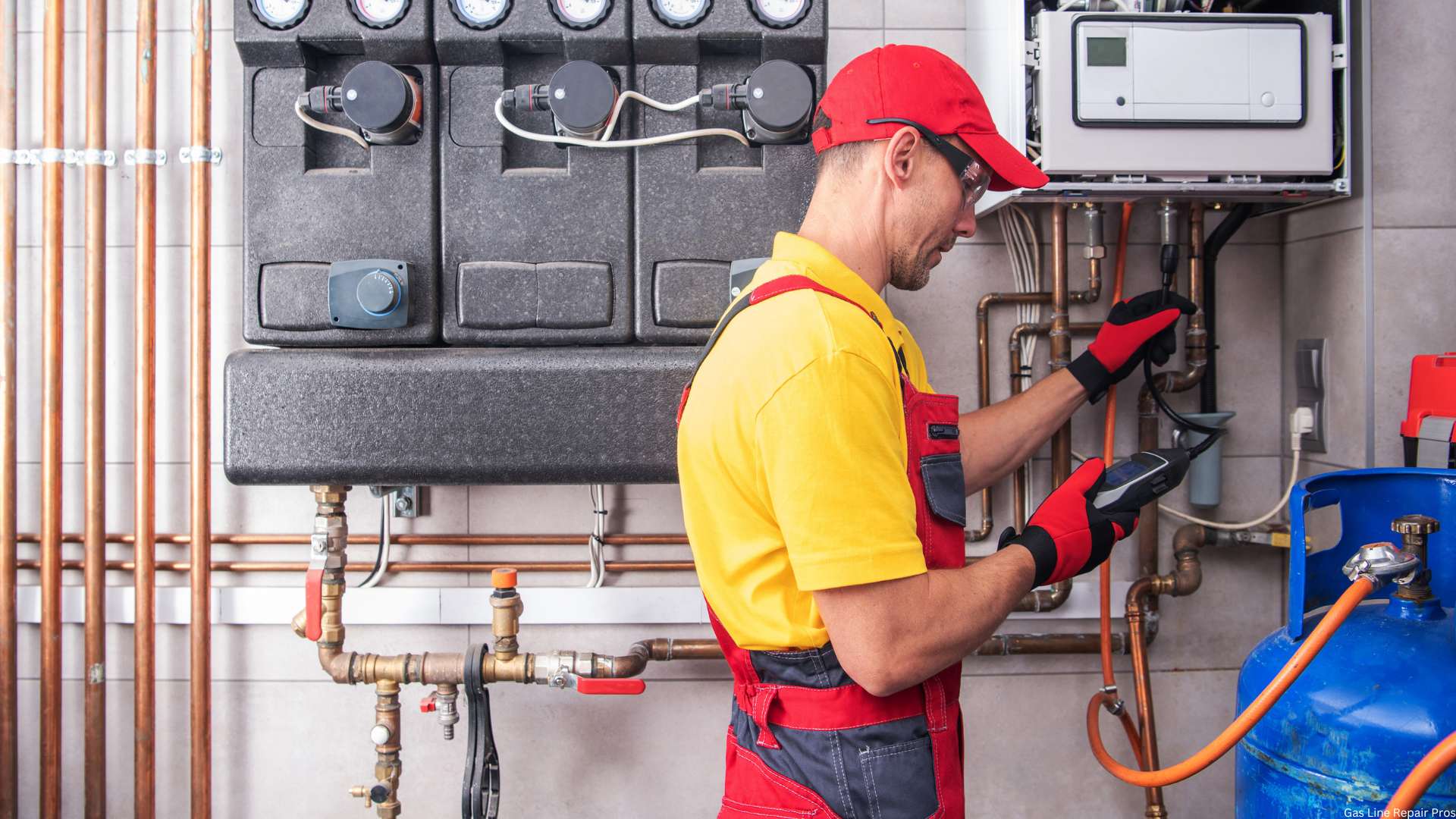Are you searching for reliable ways to install a gas line for your stove near 33139? Whether you’re upgrading to a new range or simply transitioning from electric to gas, the right installation is crucial for safety and performance. A properly installed gas line not only ensures your stove operates efficiently but also provides peace of mind knowing that your home is safe from potential gas leaks or hazards.
In this guide, we will walk you through the essential steps to successfully install a gas line for your stove. From understanding the necessary tools and materials to knowing when to call in a professional, we’ve got you covered. With the right knowledge and preparation, you can confidently navigate the installation process and enjoy the benefits of cooking with gas. Let’s dive into the details and get your kitchen ready for a new culinary adventure!
20 best Install Gas Line For Stove Near Me, 33139
Understanding the Basics of Gas Line Installation
Before you start the installation process, it’s important to understand what is involved in running a gas line to your stove. The gas line typically runs from the main gas supply in your home to the location of your stove. You will need to consider several factors, including the type of gas line materials, the distance from the main supply, and the local building codes that govern gas line installations.
Essential Tools and Materials
To install a gas line for your stove, you’ll need a few essential tools and materials. Here is a list to get you started:
- Gas line piping (copper, stainless steel, or flexible gas line)
- Pipe fittings and connectors
- Pipe wrenches
- Teflon tape (specifically for gas lines)
- Pressure gauge
- Utility knife
Make sure to gather all necessary materials before beginning the installation. Additionally, it’s wise to check your local regulations regarding gas line installations to ensure compliance with safety standards.
Step-by-Step Installation Process
1. **Shut Off the Gas Supply**: Before you begin any work, ensure that the main gas supply is turned off to prevent any leaks or accidents.
2. **Plan Your Route**: Determine the best route for your gas line. This involves measuring the distance from the main supply to your stove and planning for any necessary bends or turns in the piping.
3. **Cut and Fit the Piping**: Using your utility knife and pipe cutter, cut the gas line to the required lengths. Make sure to deburr the edges to prevent any damage during fitting.
4. **Assemble the Gas Line**: Connect the piping using the appropriate fittings, ensuring that each connection is tight and secure. Use Teflon tape on the threads for a better seal.
5. **Conduct a Pressure Test**: After assembling the gas line, use a pressure gauge to test for leaks. This is a crucial step to ensure safety before you turn on the gas supply.
6. **Connect to the Stove**: Finally, connect the gas line to your stove following the manufacturer’s instructions. Ensure all connections are secure and double-check for any potential leaks.
7. **Turn On the Gas and Test**: Once everything is connected, turn on the gas supply and test the stove for proper operation. Use a soapy water solution to check for any leaks around the connections and fittings.
By carefully following these steps, you can successfully install a gas line for your stove. However, if you’re unsure or uncomfortable with any part of the process, it’s always best to consult with a professional to ensure that the installation is done safely and correctly. Happy cooking!

